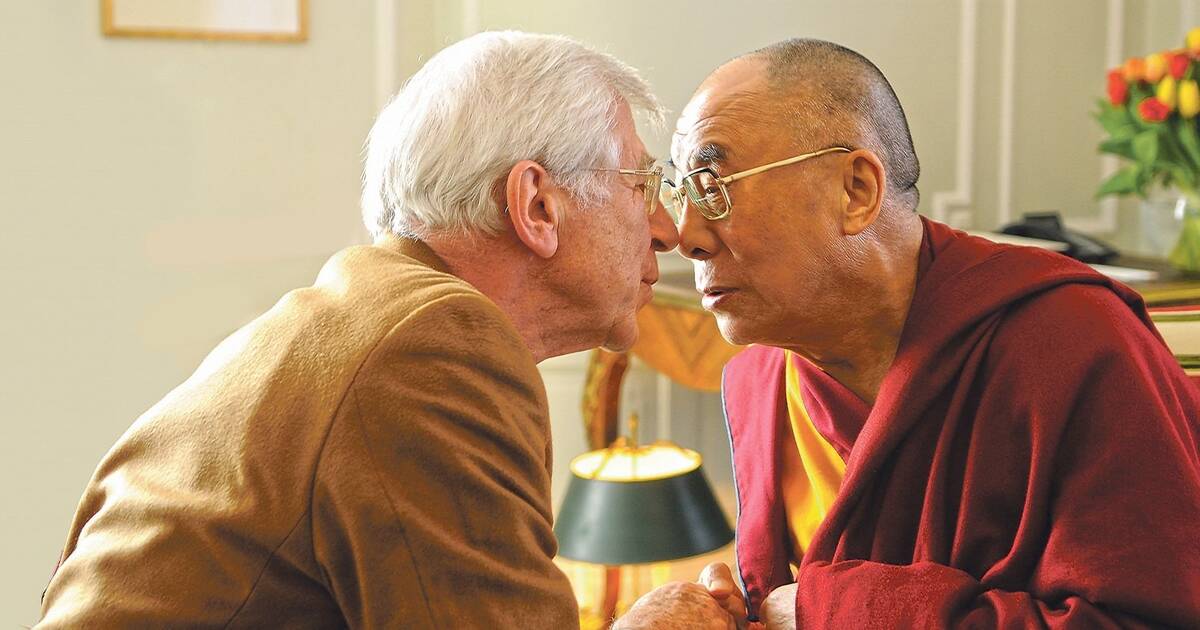

But, in any case, another category of religion includes the Indus Valley civilizations in India and Chinese civilization. When I was at one of the universities in Cairo, I expressed interest that if I had more time, I would like to study there and learn more about this ancient Egyptian civilization, but unfortunately I don’t have time. Egyptian civilization goes back six or seven thousand years and had faith. These are primitive faiths, with no philosophy.Īnother category maybe includes ancient Egyptian society. Fire sometimes comes from lightning, which is mysterious, and therefore both fire and lightning are holy. Fire provides comfort when we are cold and so some considered fire as something good. The source of light is the sun, therefore the sun is something holy and so some people worshiped the sun. For example, there is the threat of animals at night, so more fear in the dark. In such situations, faith provides some hope. In ancient times, people used faith to bring hope and comfort when they faced desperate situations – problems beyond our control, hopelessness. But if we speak about a way to bring peace of mind based on faith, then there are two categories of religion – faith without philosophy and faith with philosophy. Many agree that there needs to be a secular way to bring peace of mind, but that I’ll discuss in my public talk. Generally, religion is an instrument to bring mental peace and satisfaction, mental comfort with certain faith. Therefore, we need a mechanism to bring peace of mind. Affluent societies have material comfort, but they can’t guarantee that people there have happy, peaceful, comfortable minds. If we ignore the inner level, life may not be happy. Therefore, there are limitations to physical and material welfare.

Someone with lots of stress, worry, competitiveness, jealousy, hate, attachment – these bring mental unhappiness. This is because material facilities fail to bring mental satisfaction or comfort. But still, as persons, they are very unhappy persons. They have fame, education, respect, many friends. The physical level is related to physical facilities – food, clothing, shelter, nice sights, sounds, smells, tastes, physical sensations, material facilities. We can experience physical pain, but with mental happiness, and at other times, our physical level is OK, but our mental level is filled with worry and dissatisfaction.

So physical happiness and unhappiness and mental happiness and unhappiness are separate things. Therefore, humans have mental pleasure and satisfaction or pain – hope, expectations, fear. But, because humans have sophisticated intelligence, they have longer term memory as well as thoughts of the future. As for the mental level, some animals have that. The sensorial level is common to all species of mammals having five senses. One is linked with physical sensory experience and one with the mental level. Now, there are two categories of pain and pleasure. On this basis, we can speak of everyone’s right to have a happy life and to overcome suffering. By nature, we all like happiness and dislike unhappiness and pain. These are facts, without any need to investigate why. Everyone, by nature, has a feeling of self and, with that, experiences knowable phenomena with a painful, joyful, or neutral feeling. "The question is how can we overcome the negatives.I would like to speak about the relevance of religion in modern times. "Religion does have its negatives," he confessed, standing on a sun-drenched terrace of the Zofin Palace and surveying Prague's Vltava River. In the pubic sessions and especially behind the scenes, the Dalai Lama was quick to smile, joke, and enjoy spasms of muffled laughter with those eager for a glimpse into his soul. But he has warned that because of China's control of Tibet, he may be the last reincarnation. His followers believe he is the reincarnation of previous men who have held the position, and who represent Avalokitesvara, a being who embodies compassion.īorn on July 6, 1935, in Tibet, he was named Lhamo Thondup, which means "wish-fulfilling goddess." In 1940, after an extensive search, he was officially installed as Dalai Lama. Revered by many of the world's estimated 230 million-500 million Buddhists, the Dalai Lama considers himself the rightful ruler of Tibet, now under Chinese control. But he never got the chance to speak of his own personal mission to see Tibet independent from China. "All religions have both negative and positive."ĭisplaying an almost childlike interest and wonder, he listened attentively to Rabbi Michael Melchior, a member of the Israeli Knesset, talk about his efforts to bring together Muslims and Jews in Jerusalem and to Zaid Ibrahim, a Muslim leader from Malaysia, who lamented the misuse of Islam by terrorists.


 0 kommentar(er)
0 kommentar(er)
